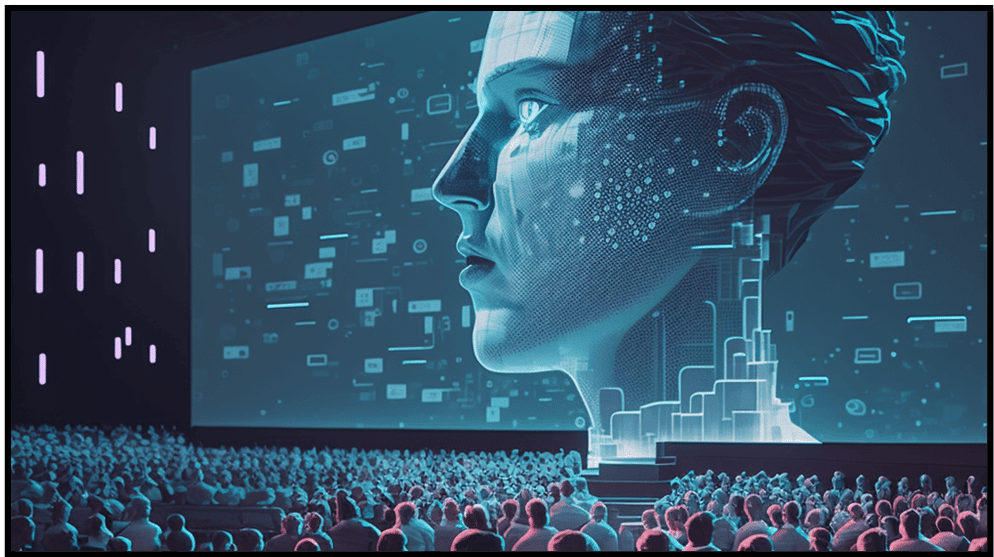EUROPE’S AI CONVENTION
SYLLABUS:
- GS 3: Awareness in the fields of IT, Space, Computers, robotics, Nano-technology, bio-technology and issues relating to intellectual property rights.
Focus:
- The Council of Europe has introduced the first international legally binding treaty aimed at ensuring human rights, the rule of law, and democratic standards in the use of artificial intelligence (AI) systems.
Source: OXFORD
The Council of Europe has introduced the first international legally binding treaty aimed at ensuring human rights, the rule of law, and democratic standards in the use of artificial intelligence (AI) systems. This treaty, open to non-European countries, provides a comprehensive legal framework that covers the entire lifecycle of AI systems, addressing potential risks while promoting responsible innovation. Adopted in Strasbourg, the Framework Convention on Artificial Intelligence and Human Rights, Democracy, and the Rule of Law mandates a risk-based approach to AI design, development, use, and decommissioning, ensuring that any negative consequences are carefully considered and mitigated.
The treaty is the culmination of two years of work by the Council of Europe’s Committee on Artificial Intelligence (CAI), which included contributions from 46 member states, the European Union, and 11 non-member states, as well as representatives from the private sector, civil society, and academia. It sets forth transparency and oversight requirements, emphasizing accountability, non-discrimination, privacy rights, and legal remedies for human rights violations related to AI. While exempting national security and defense activities, the treaty ensures these activities respect international law and democratic processes. The convention will be open for signature in Vilnius, Lithuania, on September 5, and requires parties to establish independent oversight mechanisms to ensure compliance and foster informed public debate on AI technology use.
What is Artificial Intelligence (AI)?
|
What is the Scope of the Framework Convention on Artificial Intelligence and Human Rights, Democracy, and the Rule of Law?
- The Convention aims to ensure that AI activities are consistent with human rights, democracy, and the rule of law.
- It covers activities within the AI lifecycle that could interfere with these principles.
- Both public authorities and private actors operating on their behalf are included under the scope.
- It mandates addressing risks and impacts from private actors’ AI activities.
- The Convention encourages the development of regional AI governance frameworks in other regions.
What is a Framework Convention?
- A framework convention is a legally binding treaty outlining broad commitments and objectives.
- It sets up mechanisms for achieving these goals but leaves specific targets to future agreements.
- Protocols negotiated under the framework convention detail specific issues.
- This approach offers flexibility while establishing core principles and processes.
- The AI Convention can influence AI governance in regions like the U.S., promoting similar frameworks.
Difference Between a Framework Convention and a Protocol
- A framework convention outlines broad commitments, while a protocol addresses specific issues under that framework.
- Protocols are negotiated after the framework convention to handle particular aspects.
- The Convention on Biological Diversity is an example of a framework convention.
- The Cartagena Protocol on Biosafety, dealing with living modified organisms, is an example of a protocol.
- Framework conventions allow for adaptive and evolving governance structures.
How Does the Convention Address National Security Concerns?
- The Convention includes exemptions for national security, research, development, testing, and defense.
- Military applications of AI are not covered due to the lack of consensus on regulation.
- Articles 3.2 and 3.3 outline exemptions but do not completely exclude the Convention’s applicability.
- General obligations in the Convention focus on protecting human rights, democratic processes, and the rule of law.
- Parties to the Convention are expected to take steps against disinformation and deep fakes under Article 5.
Why Do We Need the AI Convention?
- The Convention does not create new human rights specific to AI but asserts the protection of existing rights.
- Governments are primarily responsible for ensuring effective remedies and procedural safeguards.
- It aims to mitigate risks from AI systems to human rights and democracy comprehensively.
- The Convention’s implementation faces challenges due to the evolving nature of AI technology and regulation.
- It represents a comprehensive approach to AI governance, linking technology with fundamental rights and democratic values.
What are India’s Initiatives Related to Artificial Intelligence?
|
Source:The Hindu
Mains Practice Question:
Discuss the significance of the Framework Convention on Artificial Intelligence and Human Rights, Democracy, and the Rule of Law adopted by the Council of Europe. How does it aim to balance the governance of AI with the protection of fundamental rights? Highlight the key differences between a framework convention and a protocol, and evaluate the Convention’s approach towards addressing national security concerns.
Associated Articles:
https://universalinstitutions.com/can-ai-be-ethical-and-moral/




